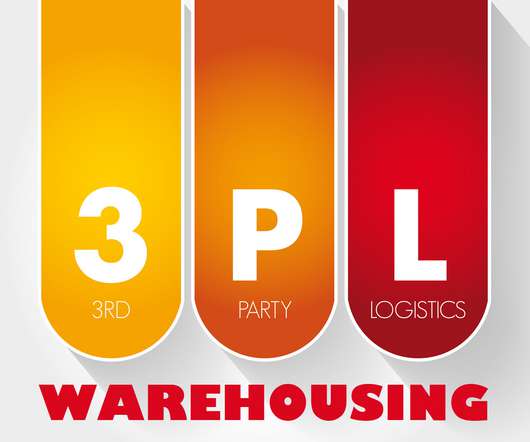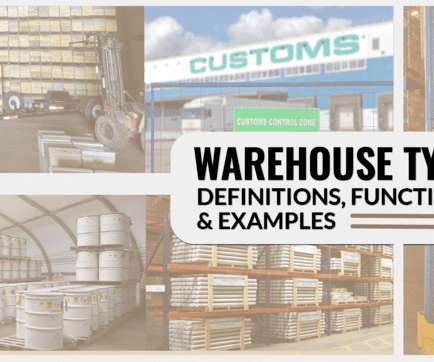LTL in a Post-Yellow World with Curtis Garrett
The Logistics of Logistics
NOVEMBER 3, 2023
Curtis is also the Founder of Understand LTL , an LTL training firm. Curtis is also the Founder of Understand LTL, an LTL training firm. Curtis documents and shares challenges, progress, and goals in a collaborative and community driven way. He is a huge believer of working in public.














Let's personalize your content